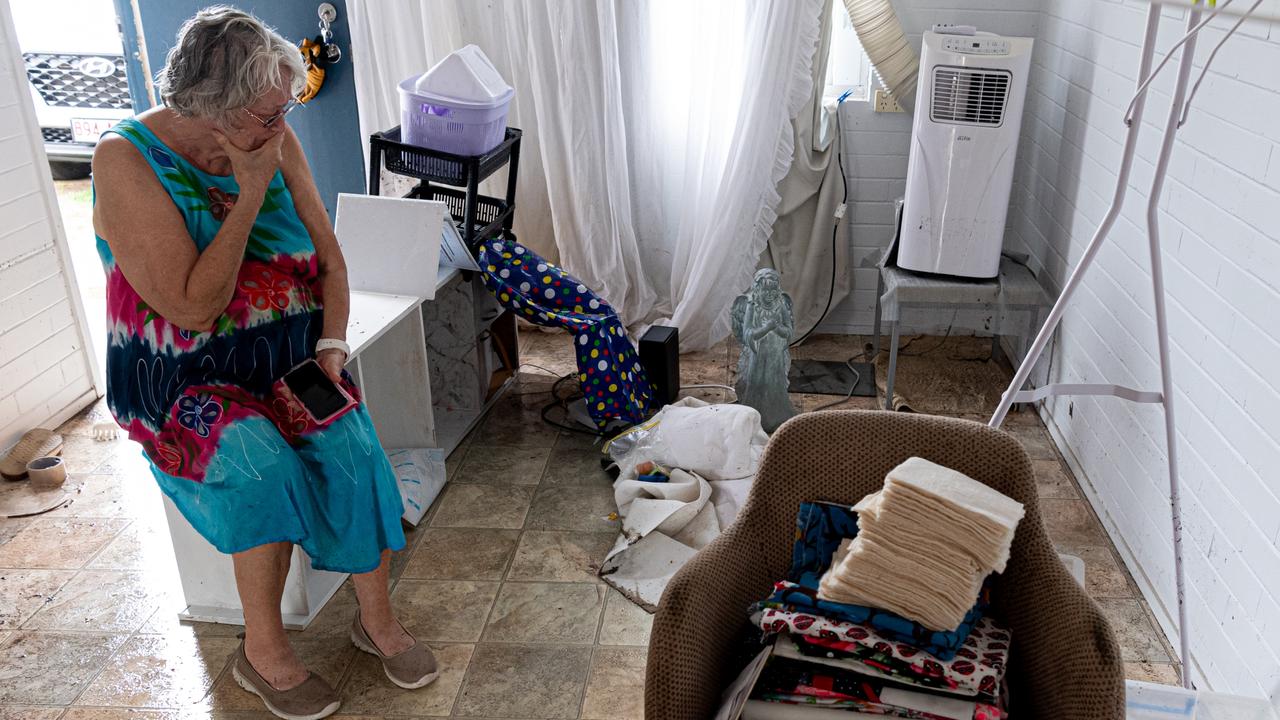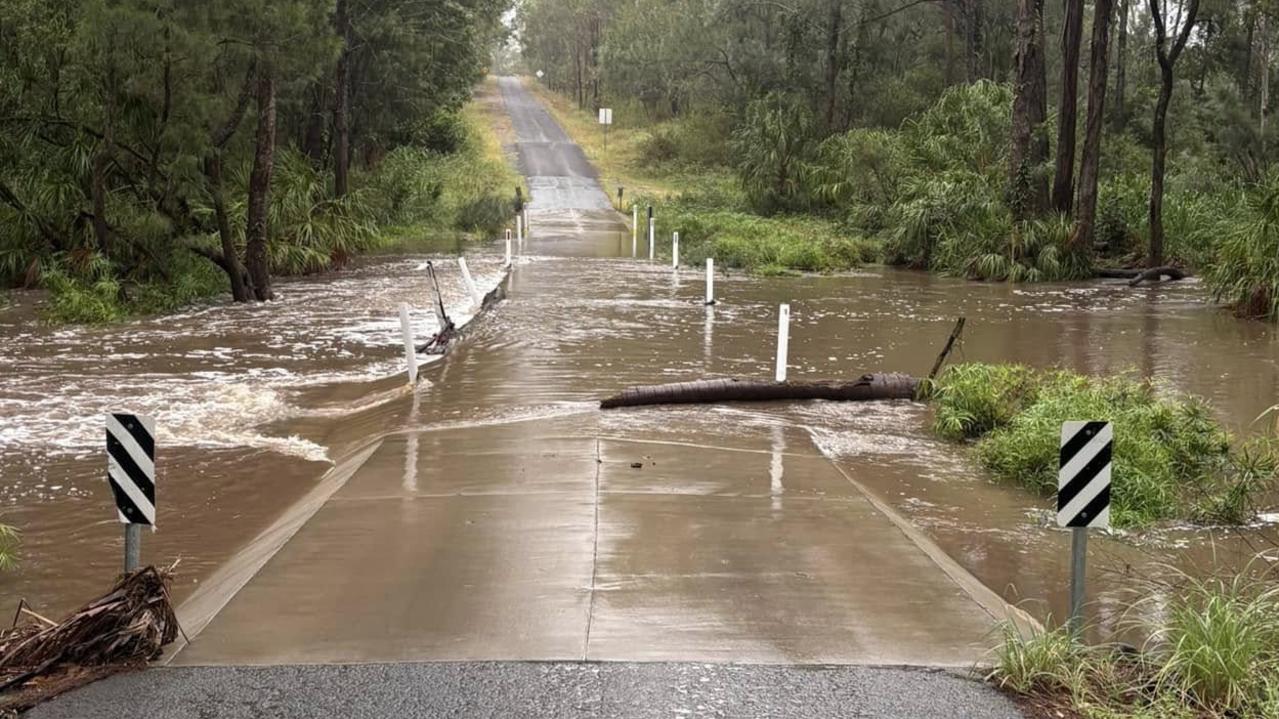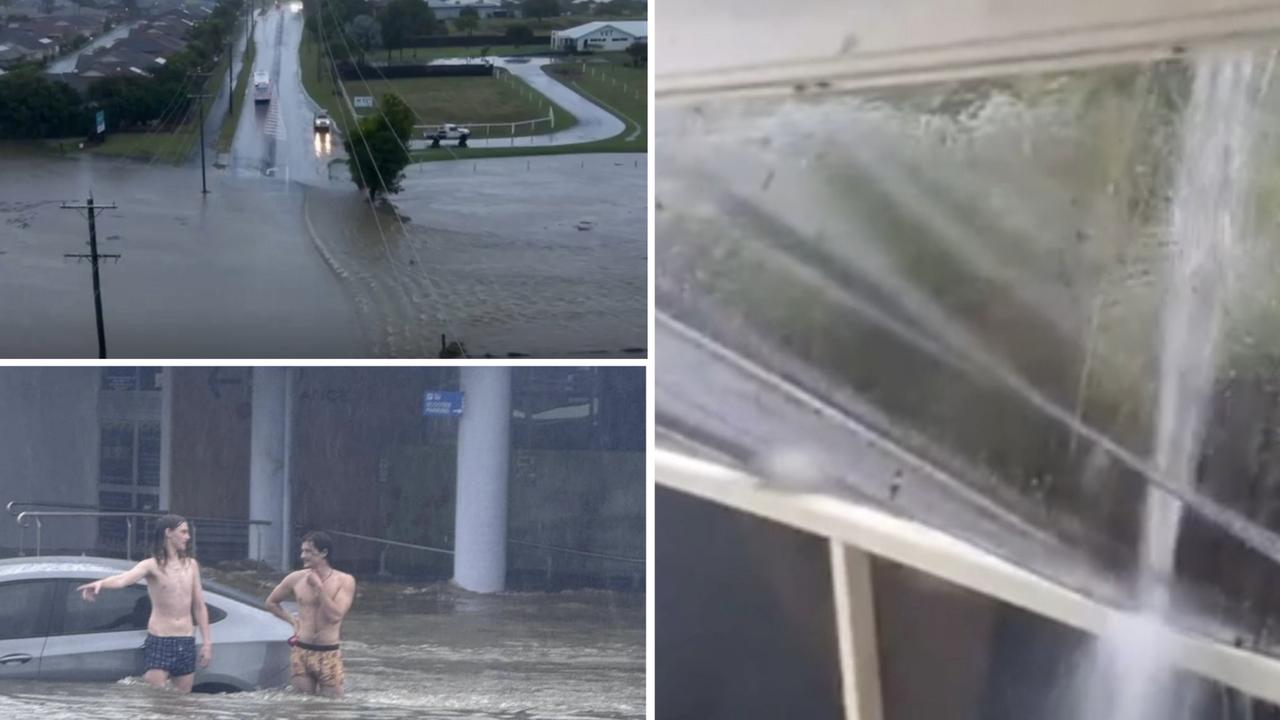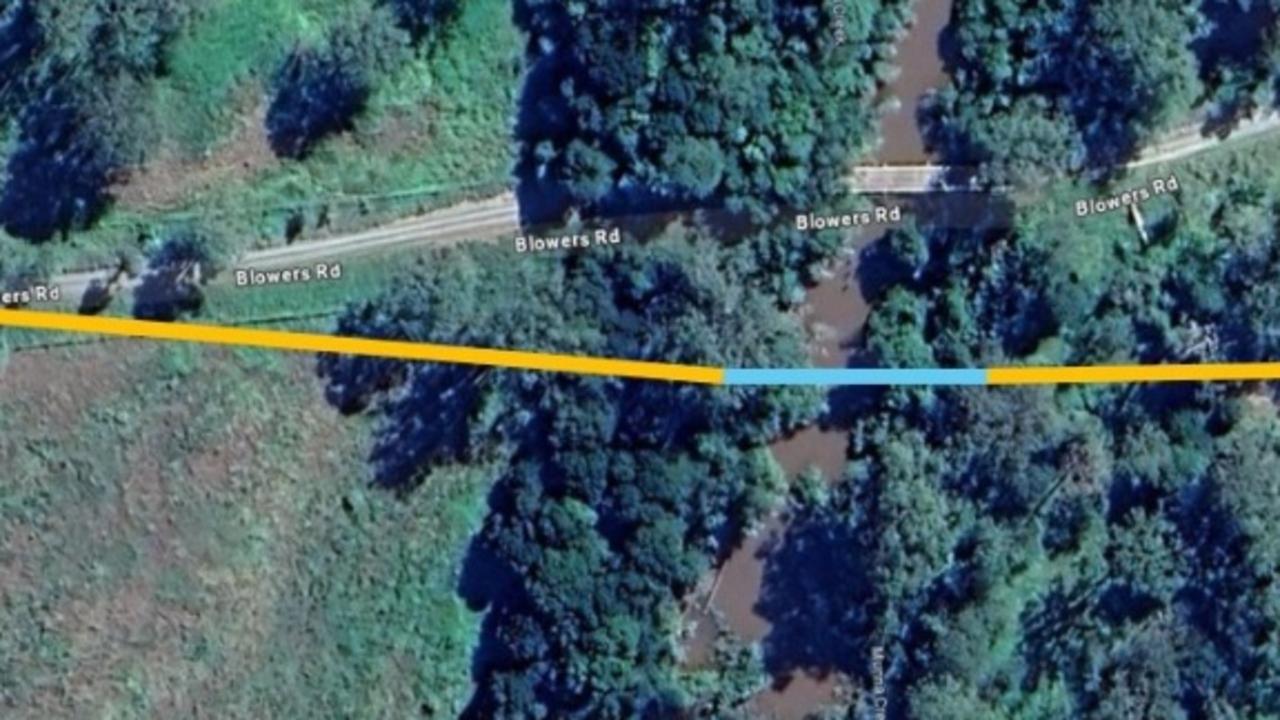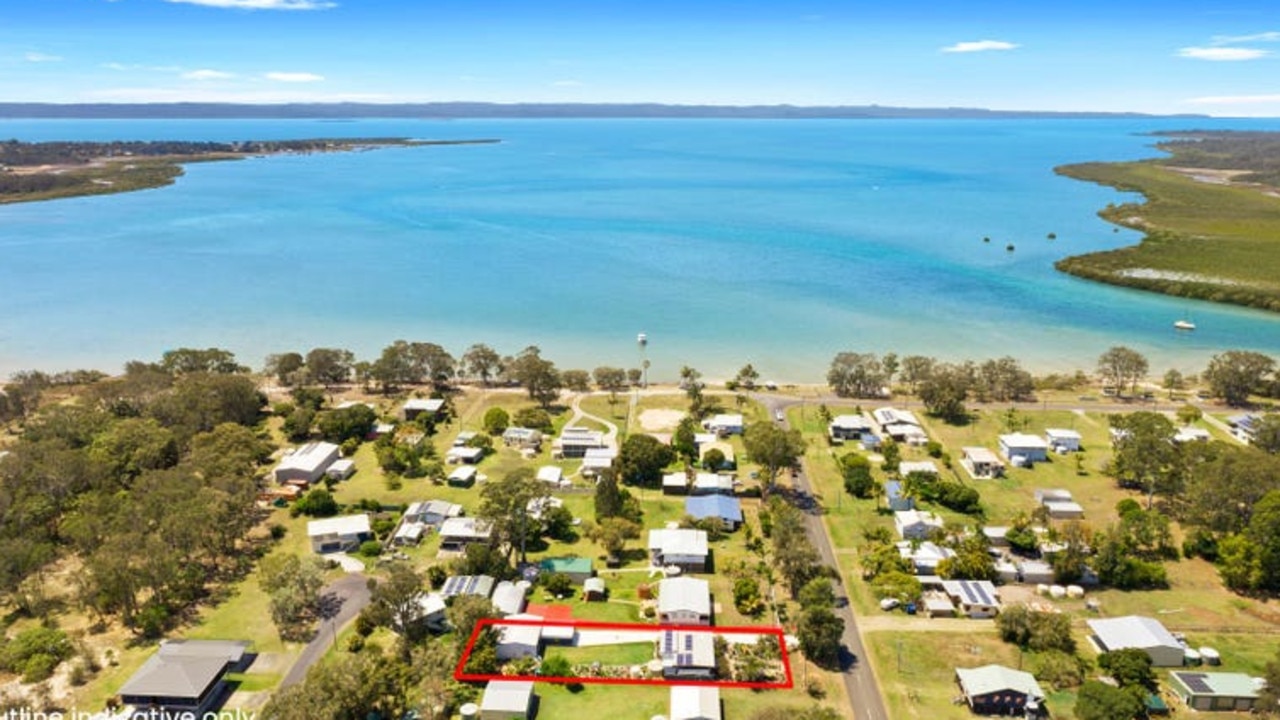UNDER PRESSURE: Inside hospital's chaotic new ED
Steadying herself against the machine she'll use to take vitals of a dozen patients in just minutes, a visibly exhausted nurse looks out at a full waiting room.
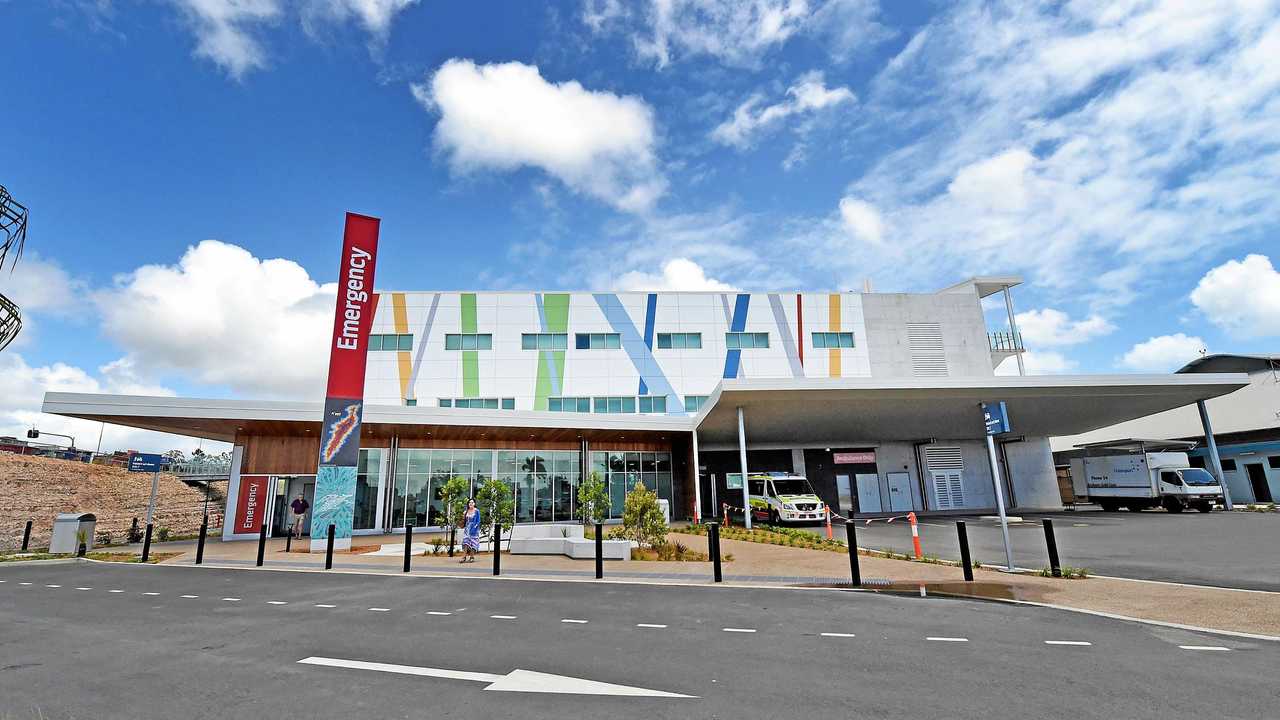
Fraser Coast
Don't miss out on the headlines from Fraser Coast. Followed categories will be added to My News.
HER cheeks are flushing in a shade deeper than those of most of the people she's treating.
Steadying herself against the portable machine she'll use to take the vitals of a dozen patients in just minutes, a visibly exhausted emergency nurse looks out at a full public waiting room.
It's coming close to six hours since the crowd petered out to just two people and 30 minutes of peace taunted staff like a cruel cliche.
Not only the calm before the storm but the calm before what would later be confirmed as the biggest day on record since the doors to this $44million building opened six months earlier.
Sitting among the crowd is a tradesman with a metal shard in his eye, a mother being comforted by her children as she vomits uncontrollably into rotating bags, a pregnant woman with alarming signs too early on and, in what may be an unfortunate coincidence for some health department corporates and politicians, the editor of the local newspaper.
It's OK that it's taking time. Most people know that when a state-of-the-art ED opens, there is increased confidence to try it out or too readily lean on it when a visit to the GP would have been more appropriate.
Sensible people don't mind waiting, after all even when sharp pain is shooting across your chest and under your ribs, you know you are in the right place.
Even as the hours tick by and there is little movement, you thank God you're not as bad off as whoever is requiring the attention behind those doors.
You thank Bob for a health system where you can be treated in this new hospital at no cost, thanks to the green card with your name on it. And you wait.
Today, nearly everyone is sensible.
Everyone except a 70-something man who has a nasty, oozing gash on his foot.
It will require several stitches but his life is not in danger, and on a day like today, that puts him well towards the end of the queue.
The tired nurse tries to get him to understand: "I'm sorry sir, I know it feels like an emergency but there are people out there in life-threatening emergencies and we have to look after them first".
She is wheeling the machine around, taking blood pressures, pulses and to the surprise of several people, asking questions about everything from bladder and bowel movements to medical histories in full view and earshot of everyone else.
There are more apologies as she explains she has no choice - there is "not one bed or chair available out the back".
So the people, their cheeks turning a similar shade to hers, put out their arms ready for compression, place their fingers in monitors and answer the questions.
The vomiting woman holds up a sagging bag and asks, "what do I do with this?"
The nurse apologises and tells her she's just going to have to tie it and throw it in the waiting room bin, next to the drinks machine.
Sharp shooting chest pain gets priority.
An ECG had been taken on arrival and there is a chance to see a doctor within four hours.
When the doors to the mystery back room open, chaos reigns.
A myriad of beeping machines, X-rays being held up, hands being held by loved ones and every other hand on deck.
But the deck is surprisingly small.
Away from this concentrated area there are many empty beds, many empty chairs. Didn't the tired nurse say not one was available?
The kind young doctor helping diagnose the sharp pain is apologising for not being able to find the equipment he needs.
Some of it is in this empty new area but isn't charged/opened.
He notices the staring at the empty spaces and apologises again. "We can only monitor so many at once".
The "fast track" waiting lounge is empty and remains so for the entirety of the visit.
Every chair other than this one and one in the next cubicle is empty.
Wide Bay Health will later explain the emergency department was upgraded to prepare for future population growth, meaning some of these empty treatment spaces were built for "future demand rather than immediate use". They're not funded for use now.
In fact, on average, 32 of the 46 treatment spaces are being used at any one time.
But if this is already what "very busy" looks like and, if an even busier time is ahead no thanks to the flu, surely staff numbers need a review.
And if there is a magic number, 32 doesn't seem to be it.
After an hour of kind, thorough care and three more apologies, the sharp pain is diagnosed as something far less sinister than feared and there is a green light to go home.
It's well past dark.
The pregnant woman has to go home to her two children and can't wait any longer but she'll call an ambulance later if it gets worse.
So, too, has the woman whose bag of vomit remains in a public bin without any further investigation into the bug that had caused it.
The remaining crowd has barely moved.
The tradesman with the metal shard in his eye has been administered drops in his seat but is crying in pain.
The older man with the bleeding foot has reached a level of rudeness where every other person is quietly hoping that when the bandage he is calling for arrives, his wife will place it in his mouth.
There are dozens more in varying states of distress and illness.
But the nurse maintains her calm, explains she is doing the best she can and despite the growing hostility and anxiety in the room, offers another strained, but genuine, "I'm sorry".
So many apologies from staff for something beyond their control.
This hospital may have been built for the future, but it seems it is struggling under the strain of the present.
If this is the demand six months in, a full review must be carried out to ensure ratios and funded beds are meeting that demand.
The sanity of the staff working in this building depends on it.
Lives depend on it.
Wide Bay Health's response:
WIDE Bay Health chief executive officer Adrian Pennington told the Chronicle the day in question was officially the busiest day of the year so far with 122 patients presenting - 47 of whom required help between 2pm and 7pm.
Seven of those, he said, were in the most urgent category and required additional resources and triage within 10 minutes.
Mr Pennington said while it was typical for there to be an increase in patients, figures showed there had been a 12 per cent year-on-year increase in overall presentations.
"This includes a significant increase in the sickest patients, from categories 1, 2 and 3," MrPennington said.
"We are also now entering our peak winter season, with flu numbers starting to spike and extra pressures on capacity as a result ... It's important to remember that good emergency patient flow isn't just about bed capacity in the ED, but in the hospital as well, if patients require admission.
"Every winter, we have a bed management strategy in place to manage peak demand, and we now have extra capacity since we opened our new medical ward at Hervey Bay Hospital.
"Our Clinical Decisions Unit (CDU) has also been built with "flex-up" capacity, which will become available once the second lift shaft has been completed on the new building. "
However, in the new Clinical Decisions Unit, 16 of the 24 beds are currently in use.
"The closed beds are only due to continuing work at one end of the department as the new lift is completed."
Originally published as UNDER PRESSURE: Inside hospital's chaotic new ED


